Boston Children's Museum
308 Congress Street, Boston, MA 02210
617-426-6500
© Boston Children’s Museum 2025
Website Design by Jackrabbit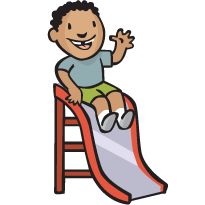
Children get too few chances to experiment with materials and to design and build objects of their own creation. These Raceways and Roller Coasters activities allow your students these opportunities, and engage them on many different levels as well. Building these tracks and rolling marbles down them help children to develop problem-solving and teamwork skills and touch upon some basic principles of physics like energy, acceleration and momentum.
VIEW ACTIVITY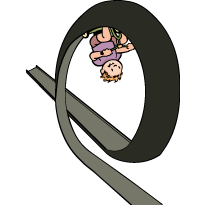
Children get too few chances to experiment with materials and to design and build objects of their own creation. These Raceways and Roller Coasters activities allow your students these opportunities, and engage them on many different levels as well. Building these tracks and rolling marbles down them help children to develop problem-solving and teamwork skills and touch upon some basic principles of physics like energy, acceleration and momentum.
VIEW ACTIVITY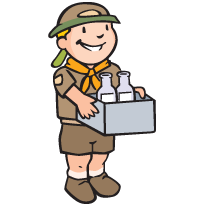
Much of the food we eat started out as something else. Bread comes from wheat, ketchup comes from tomatoes and butter comes from milk. The process by which these foods are created is often a mystery to children, and by experimenting with making their own versions of these foods, they can begin to understand and have a greater appreciation for the fuel they are putting into their bodies.
VIEW ACTIVITY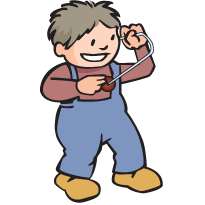
Children’s bodies are undergoing constant change. By getting to know their own bodies better, these changes can be less mysterious. Children who are in tune with their own bodies can use all of their senses as tools as they explore and try to understand the world around them. This activity will help children to get better acquainted with their heart rate.
VIEW ACTIVITY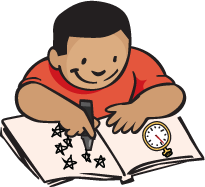
Math is a natural subject to fit into your everyday work with your students. The Mixing in Math curriculum, created by TERC (click here to visit the website), contains lots of great math activities that require little or no materials, and are easy to fit into what you are already doing. This activity, which is adapted from the Mixing in Math curriculum, helps children practice estimating and counting by 2’s, 5’s and other numbers.
VIEW ACTIVITY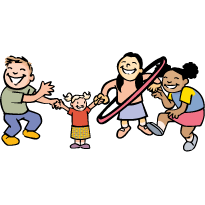
Many of the activities in this curriculum rely on kids working together as a team. Engaging children early on in team-building activities such as this one can help to create a foundation for later team-based work in which collaborating together is critical to students’ success.
VIEW ACTIVITY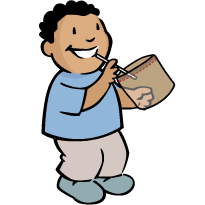
Children’s bodies are undergoing constant change. By getting to know their own bodies better, these changes can be less mysterious. Children who are in tune with their own bodies can use all of their senses as tools as they explore and try to understand the world around them. This activity will help children learn more about their lungs.
VIEW ACTIVITY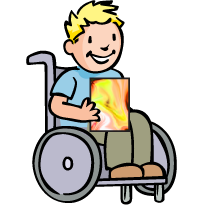
This activity gives children an opportunity to exercise their creativity while using some unexpected materials and media. Children will also be encouraged to learn and use appropriate vocabulary related to methods, materials and techniques.
VIEW ACTIVITY
Suminagashi, Japanese for “ink-floating,” is a paper marbling technique that was practiced in Japan as early as the 12th century. Creating these beautifully marbled pieces of paper encourages children to relax, focus and observe the changing swirls in front of them. You will be amazed by the beautiful results!
VIEW ACTIVITY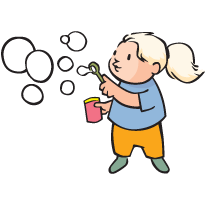
Summer is a great time for kids to be outside investigating the world around them. Blowing bubbles is more than just a whole lot of fun—by engaging in this activity, your children will be building important scientific skills like observation, tool use, generating questions, reporting their discoveries to others and more.
VIEW ACTIVITY